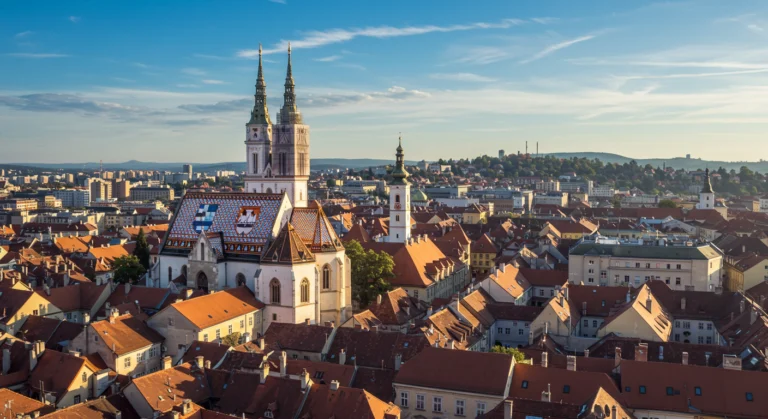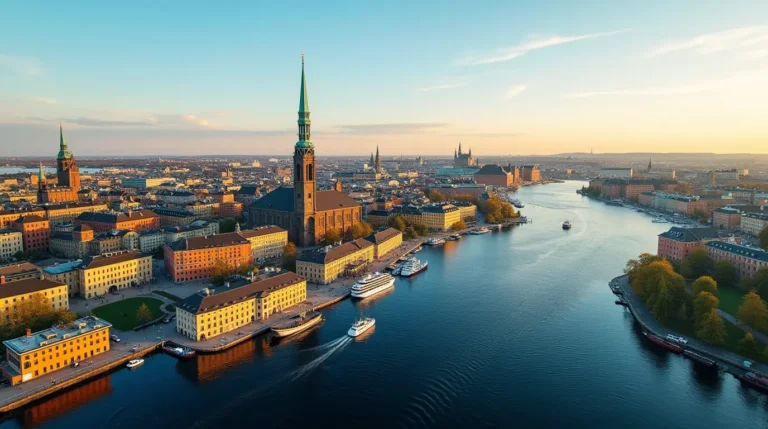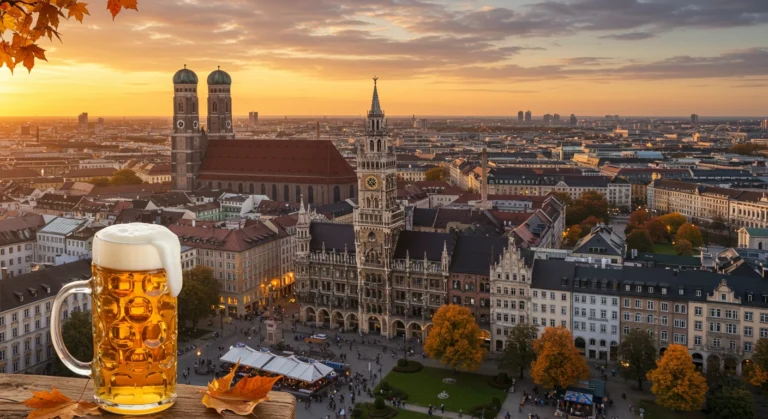best things to do in ankara
Table of Contents
Best Things to Do in Ankara: Your Ultimate Guide to Exploring Turkey’s Capital
Turkey’s magnificent capital city often sits in the shadow of Istanbul when travelers plan their Turkish adventures. However, Ankara offers a treasure trove of experiences combining rich history, vibrant culture, and modern attractions that make it a destination worth exploring in its own right. If you’re wondering about the best thing to do in Ankara, you’re in for a pleasant surprise – this city has something for everyone.
Planning Your Ankara Trip: The Best Time to Visit Ankara for Sightseeing
Before diving into the countless attractions awaiting you in this ancient yet modern metropolis, it’s crucial to time your visit well. Ankara experiences continental climate patterns with distinct seasons that can significantly impact your sightseeing experience.
For the most comfortable exploration of Ankara’s outdoor treasures, plan your visit between June and September. During these summer months, you’ll enjoy pleasant temperatures typically ranging from 68°F to 86°F (20°C to 30°C), perfect for wandering through historic districts and open-air attractions. The clear blue skies provide ideal lighting for photography enthusiasts wanting to capture the city’s architectural wonders in their full glory.
However, if you’re sensitive to heat, avoid August, which can occasionally see temperatures climbing above 90°F (32°C). Late spring (May) and early autumn (September to mid-October) offer the sweet spot of mild weather and fewer crowds, making these periods perhaps the absolute best time to experience the best things to do in Ankara.
Winter travelers should prepare for the cold – Ankara’s winters are no joke! Temperatures often drop below freezing between December and February, sometimes plummeting to 14°F (-10°C), with snowfall common throughout the season. While the snow-covered cityscape has its own charm, the cold weather can make outdoor sightseeing challenging. If you do visit during winter, pack plenty of warm layers and allow extra time for transportation, as snow occasionally disrupts traffic.
Regardless of when you visit, Ankara‘s countless indoor attractions ensure you’ll never run short of fascinating places to explore, rain or shine.
Discovering Ankara’s Rich History: Must-See Historical Places
Ankara’s historical significance spans millennia, from ancient civilizations to its role as the heart of modern Turkey. History buffs will find themselves enchanted by the wealth of historical landmarks that tell the story of this fascinating region.

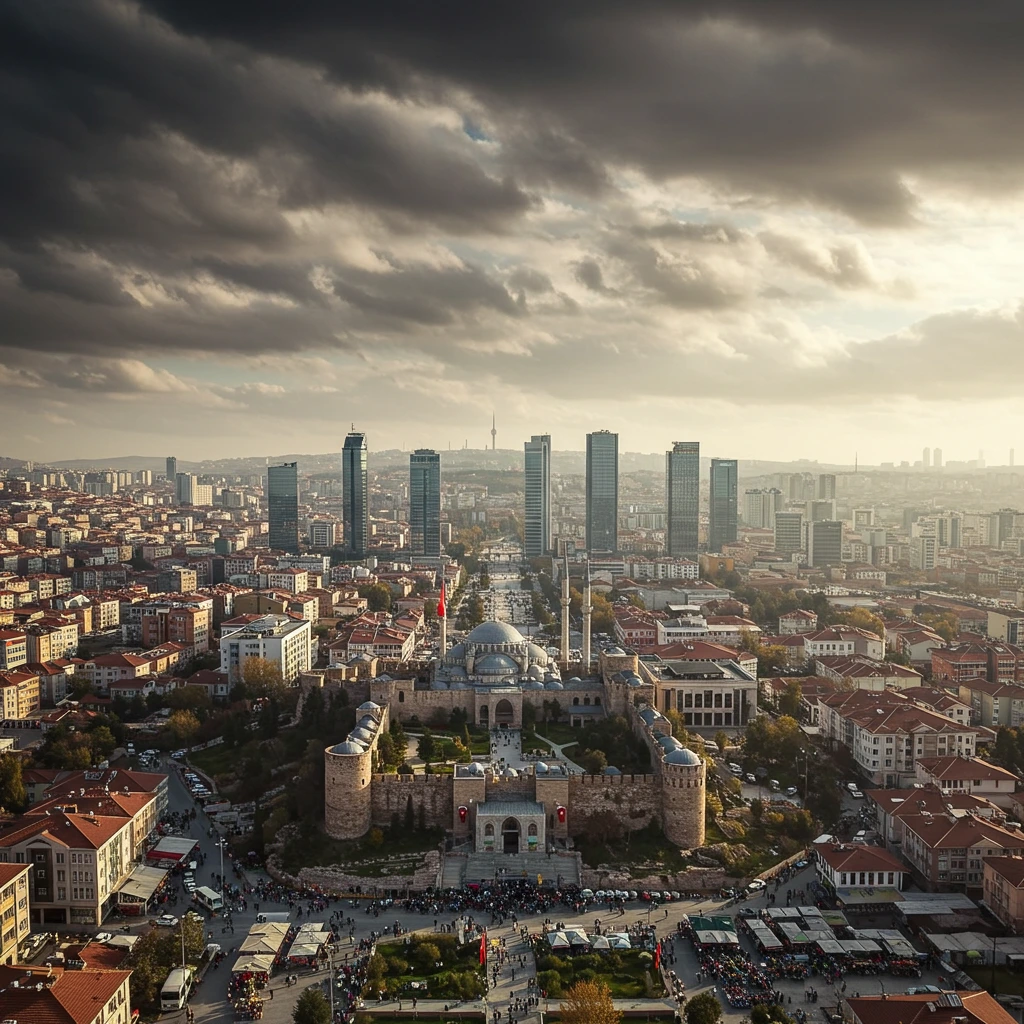
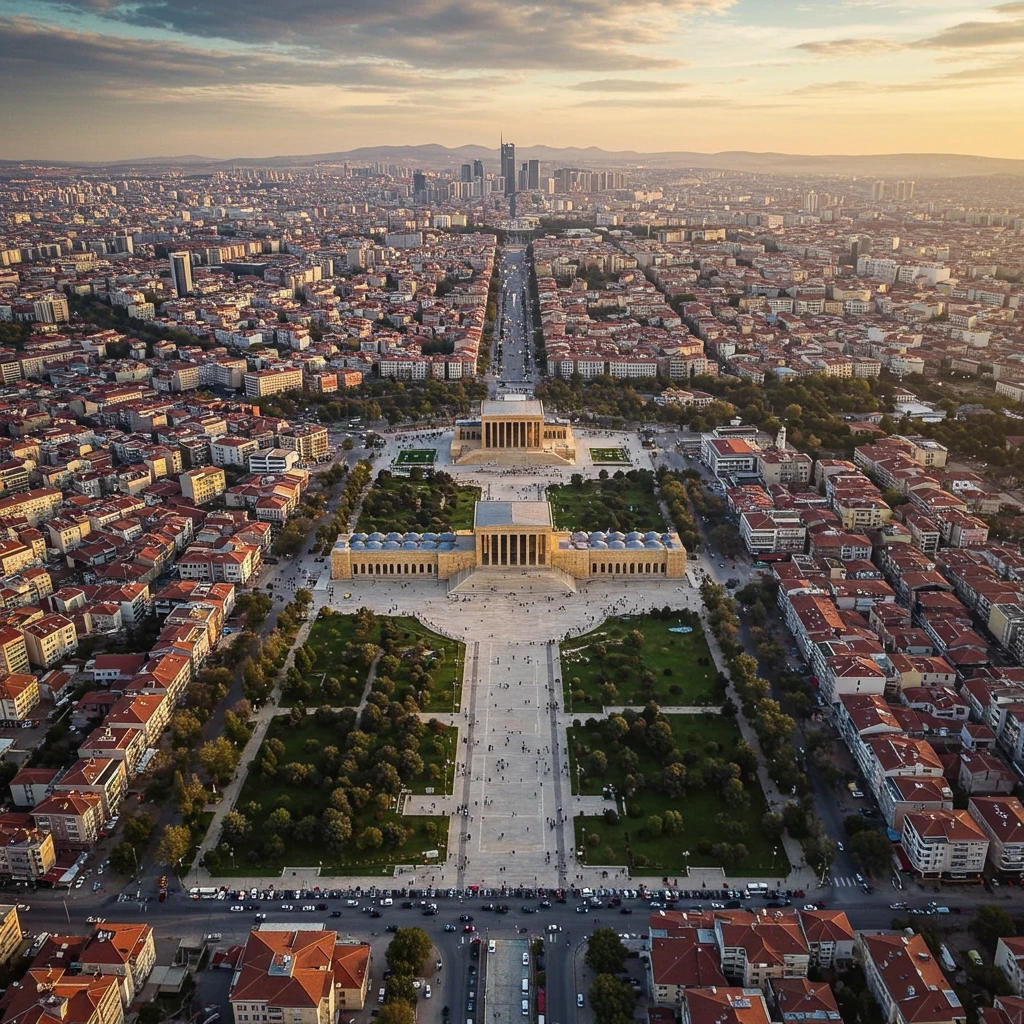
Anıtkabir: The Mausoleum of Atatürk and a Symbol of Modern Turkey
No list of the best things to do in Ankara could begin with anything other than Anıtkabir. This monumental mausoleum houses the tomb of Mustafa Kemal Atatürk, the revered founder of the Turkish Republic and its first president. Located in the Çankaya neighborhood, Anıtkabir stands as both a final resting place and a powerful symbol of Turkey’s transformation into a modern nation-state.
The approach to this magnificent complex takes visitors along the aptly named Lion’s Road, flanked by 24 lion statues representing the 24 Oghuz Turkic Tribes. This processional pathway leads to the expansive Ceremony Square, capable of holding 15,000 people during national celebrations and commemorations.
Completed in the early 1950s, Anıtkabir exemplifies a unique architectural style blending Turkish and Anatolian motifs with modernist sensibilities. The complex includes ten towers representing the ideals of the Turkish Republic, museums detailing Atatürk’s life and Turkey’s War of Independence, and meticulously maintained ceremonial grounds.
For the full experience, time your visit to witness the changing of the guard ceremony, a solemn display of precision and respect performed by the Turkish military. Audio guides are available in multiple languages, offering deeper insights into the historical and cultural significance of this national treasure. Plan to spend at least two hours exploring the complex thoroughly – it’s not just a site to see but a profound experience that helps visitors understand modern Turkey’s foundations.
Museum of Anatolian Civilizations: Exploring Ancient Turkish History
History enthusiasts seeking the best thing to do in Ankara will find the Museum of Anatolian Civilizations absolutely unmissable. Housed in a beautifully restored Ottoman-era covered market (bedesten) and caravanserai, this world-class museum showcases an unparalleled collection of artifacts spanning thousands of years of Anatolian history.
The museum’s chronologically arranged exhibits take visitors on a journey through time, beginning with the Paleolithic era and continuing through the Neolithic, Bronze Age, Assyrian trading colonies, Hittite, Phrygian, Urartian, and Classical periods. The Hittite collection is particularly remarkable, featuring intricately carved reliefs, ceremonial vessels, and tablets inscribed with one of the world’s oldest written languages.
Among the museum’s most celebrated treasures are the artifacts from Çatalhöyük, one of the world’s oldest known urban settlements dating back to 7500 BCE. The meticulously preserved figurines, tools, and household items provide extraordinary insights into the daily lives of our distant ancestors.
The building itself adds to the experience, with its Ottoman architecture creating an atmospheric backdrop for the priceless artifacts within. Allow at least three hours to fully appreciate the extensive collections, and consider hiring a guide to enrich your understanding of Anatolia’s complex historical tapestry.
The Roman Baths of Ankara: A Glimpse into Ancient Roman Civilization
When Rome controlled Anatolia, Ankara (then known as Ancyra) served as the capital of the Roman province of Galatia. The Roman Baths of Ankara, dating back to the 3rd century AD during Emperor Caracalla’s reign, stand as a fascinating reminder of this period.
Among the best-preserved Roman ruins in Turkey, these ancient baths showcase the sophisticated engineering and architectural prowess of Roman civilization. Visitors can explore the remains of the frigidarium (cold room), tepidarium (warm room), and caldarium (hot room), gaining insights into the social and cultural significance of public bathing in Roman society.
The site also preserves elements of the hypocaust system – an ingenious underfloor heating arrangement that circulated hot air beneath raised floors and through hollow walls to maintain comfortable temperatures throughout the bathing complex. Fragments of intricate floor mosaics hint at the former splendor of this public facility.
Adjacent to the main bath complex, visitors can also examine the Byzantine tomb and Balgat Roman Tomb, highlighting the area’s continuous occupation through changing empires. The site includes informative placards in multiple languages, helping visitors understand the historical context and architectural features of these impressive ruins.
Hacı Bayram Mosque: A Historic Mosque Reflecting Ottoman Heritage in Ulus
In the historic Ulus district, the Hacı Bayram Mosque stands as a testament to Ankara’s Ottoman heritage. Built in the 15th century to honor the influential Sufi poet and mystic Hacı Bayram-ı Veli, this mosque combines elements of Seljuk and Ottoman architectural traditions.
The mosque’s interior features a wooden ceiling, delicately decorated tiles, and traditional calligraphy, creating an atmosphere of serene spirituality. Adjacent to the mosque lies the tomb of Hacı Bayram-ı Veli himself, a site of pilgrimage for many visitors.
What makes this location particularly fascinating is its juxtaposition with the ancient Temple of Augustus, literally standing side by side. This physical proximity of Islamic and Roman structures creates a powerful visual representation of Ankara’s layered history.
As an active place of worship, visitors should dress modestly and respect prayer times. Women should cover their heads when entering (scarves are available at the entrance). The surrounding neighborhood offers charming tea houses where you can rest and reflect after visiting this spiritual landmark.
Ankara Castle: Panoramic City Views from the Oldest Part of Ankara
Perched atop a hill overlooking the city, Ankara Castle (Ankara Kalesi) represents the historic heart of the capital. While the exact date of the castle’s original construction remains debated, archaeological evidence suggests foundations dating back to the Byzantine era, with significant additions during the Seljuk period.
The castle complex consists of an inner and outer fortress, with massive stone walls stretching approximately 40 feet high. A visit here offers not just historical interest but also the most spectacular panoramic views across Ankara – particularly magical at sunset when the city lights begin to twinkle below.
Within the castle walls, visitors find themselves transported to another era. The narrow, winding streets are lined with restored Ottoman-era houses, many now serving as boutique shops selling traditional Turkish carpets, evil eye amulets, copper goods, and local crafts. Small, family-run restaurants offer authentic Central Anatolian cuisine, making this the perfect place to sample regional specialties while soaking in the historic atmosphere.
For photographers, history enthusiasts, or anyone seeking authentic Turkish culture, exploring Ankara Castle ranks among the absolute best things to do in Ankara. Allow several hours to wander the atmospheric streets, browse the shops, enjoy the views, and perhaps linger over Turkish coffee in one of the traditional houses converted into charming cafés.
Experiencing Modern Ankara: Key Attractions and Activities
While Ankara’s historical sites provide fascinating windows into the past, the city’s modern attractions offer equally rewarding experiences that showcase contemporary Turkish culture and lifestyle.
Kocatepe Mosque: A Landmark of Modern Turkish Architecture in Ankara
Dominating Ankara’s skyline with its imposing dome and four towering minarets, the Kocatepe Mosque represents the largest mosque in the capital and a masterpiece of neo-classical Turkish architectural design. Completed in 1987 after nearly 20 years of construction, this magnificent structure can accommodate up to 24,000 worshippers.
The mosque’s impressive exterior is matched by its breathtaking interior, where enormous chandeliers illuminate the vast prayer hall adorned with intricate calligraphy and beautiful stained glass windows. The design artfully blends traditional Ottoman architectural elements with modern construction techniques and materials.
Visitors of all faiths are welcome outside prayer times, though modest dress is required (scarves are available for women who need to cover their heads). The expansive courtyard surrounding the mosque offers excellent photo opportunities and a peaceful place to rest amid the bustling city.
Many visitors consider viewing the illuminated mosque after sunset among the best things to do in Ankara, as the dramatic lighting accentuates the architectural details and creates a truly magical atmosphere.
Tunali Hilmi Avenue: Indulge in Traditional Turkish Food and Treats
No visit to Ankara would be complete without sampling the delicious culinary offerings of Turkey, and Tunali Hilmi Avenue provides the perfect setting for this gastronomic adventure. This vibrant street in Ankara’s Kavaklidere district pulses with energy, lined with cafés, restaurants, boutiques, and specialty food shops.
Food lovers should not miss trying kumpir, Turkey’s answer to the loaded baked potato. These massive potatoes are split open, their fluffy interiors mixed with butter and cheese, then topped with an array of ingredients ranging from corn and olives to sausage and pickles. Several shops along Tunali Hilmi specialize in this satisfying street food.
For those with a sweet tooth, the avenue offers numerous pastry shops showcasing Turkey’s rich dessert tradition. Sample baklava (layers of phyllo pastry soaked in honey and filled with chopped nuts), ekmek kadayifi (bread pudding soaked in sweet syrup), or the intriguing tavuk göğsü (a milk pudding made with finely shredded chicken breast – tastier than it sounds!).
Kebap 49, an institution dating back to 1949, offers some of the city’s most authentic kebabs and falafel. The restaurant’s decades of experience translate into perfectly seasoned meat and expertly balanced flavors that keep locals and visitors returning year after year.
Between culinary adventures, browse the avenue’s boutiques for fashionable clothing, accessories, and unique souvenirs. As evening falls, the street transforms with the opening of stylish bars and cafés where you can experience Ankara’s sophisticated nightlife while sipping Turkish tea or raki (an anise-flavored spirit).
Kızılay Square: Shopping for Ankara Souvenirs and Experiencing City Life
At the heart of modern Ankara lies Kızılay Square, the city’s commercial center and transportation hub. This bustling district offers visitors an authentic glimpse into contemporary urban Turkish life, far from the manufactured experiences often created for tourists.
The area surrounding the square houses countless shops ranging from international brands to local boutiques, making it an excellent destination for shopping enthusiasts. Street vendors display classic Turkish souvenirs like evil eye amulets, colorful ceramics, and boxes of Turkish delight and other sweets. For a more comprehensive shopping experience, visit the multi-story shopping centers that cluster around the square.
Kızılay also serves as the center of Ankara’s public transportation network, with buses, dolmuş (shared taxis), and the metro all converging here. This accessibility makes it an ideal base for exploring other parts of the city.
As evening approaches, Kızılay transforms into one of Ankara’s premier nightlife districts. Restaurants serving everything from traditional Turkish cuisine to international favorites fill with diners, while bars and cafés buzz with conversation and music. For travelers seeking to experience authentic local culture rather than tourist attractions, spending an evening people-watching in Kızılay ranks among the best things to do in Ankara.
Safety in Kızılay matches other major metropolitan areas – exercise normal precautions, watch your belongings in crowded areas, and you’ll have a thoroughly enjoyable experience in this vibrant district.
Final Thoughts on Ankara’s Best Attractions
Ankara rewards travelers who venture beyond the typical Turkish tourist trail with rich historical experiences, cultural insights, and modern urban pleasures. From standing in awe before the magnificent Anıtkabir to losing yourself in the ancient streets surrounding Ankara Castle, from contemplating artifacts spanning thousands of years at the Museum of Anatolian Civilizations to savoring traditional Turkish delicacies on Tunali Hilmi Avenue – the best things to do in Ankara offer memories that will last a lifetime.
Whether you’re a history enthusiast, architecture admirer, food lover, or simply curious traveler, Turkey’s capital deserves a prominent place on your itinerary. By allowing at least three to four days to explore its diverse attractions, you’ll discover why those who take the time to know Ankara often find themselves planning return visits to this fascinating, multifaceted city.
Remember to interact with locals when possible – Ankara’s residents are known for their hospitality and pride in their city. Their recommendations might lead you to hidden gems not found in any guidebook, adding unique personal touches to your Ankara adventure. After all, the very best thing to do in Ankara might just be allowing yourself to be surprised by this underrated Turkish treasure.




